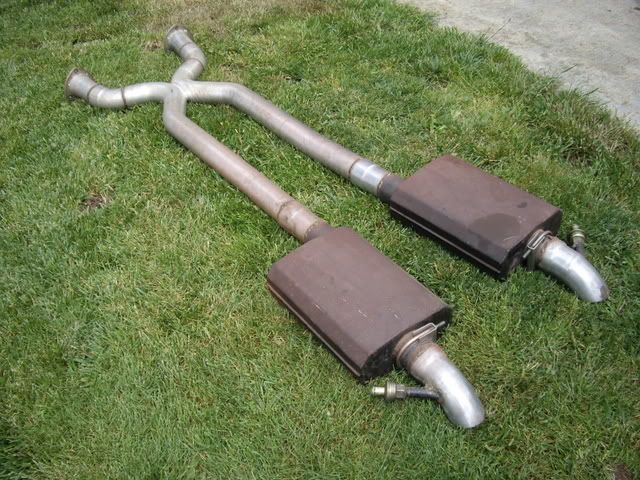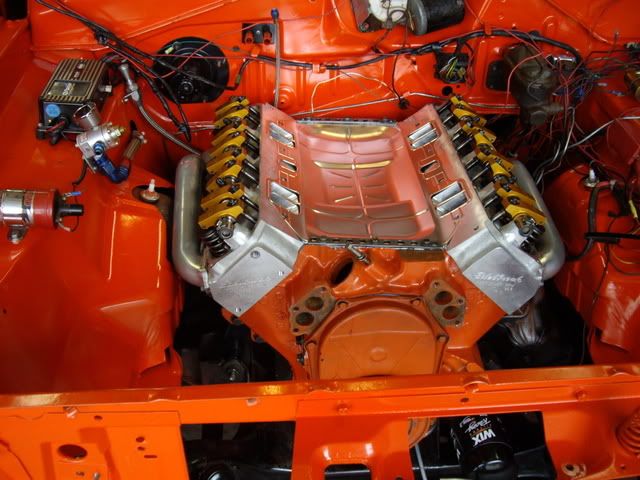Comicly the simple chart is pretty accurate for a baseline. Most people go overkill on header tube diameter, merge collector throat size and obviously exhaust size as well. The key is to pick the correct size complete exhaust system from the header flange to the bumper that will scavenge the engine correctly. As I said there are so many variables it will make your head spin, which is probably why everyone just makes everything on the big side. If you exhaust is built and sized correctly you will not have backpressure, the exhaust system will act as a venturi and draw air into the engine on overlap. This is how race engines make well over 110% VE, the air is drawn into the engine. X pipes are a great tool especially for you street guys, but dont go overkill on your tube diameter. Try to go on the small side especailly when you have a street driven car as well, it will be quieter, and accelerate faster. The larger exhaust might help peak HP and TQ at hight RPM but that dosent usually make the car faster on the racetrack. The car will pick up the most ET at the racetrack in the first 330 ft and at each gear change and not at high RPM. Big HP #s from large headers and exhaust are just that, Big #s, there not always helpful when accelerating a race car.
Mark Lelchook
Performance Welding
Racing Headers
Mark Lelchook
Performance Welding
Racing Headers


















